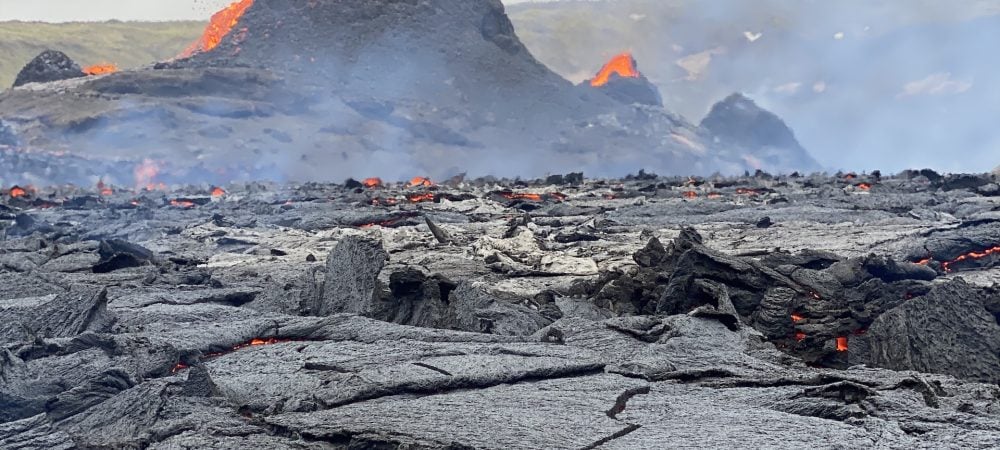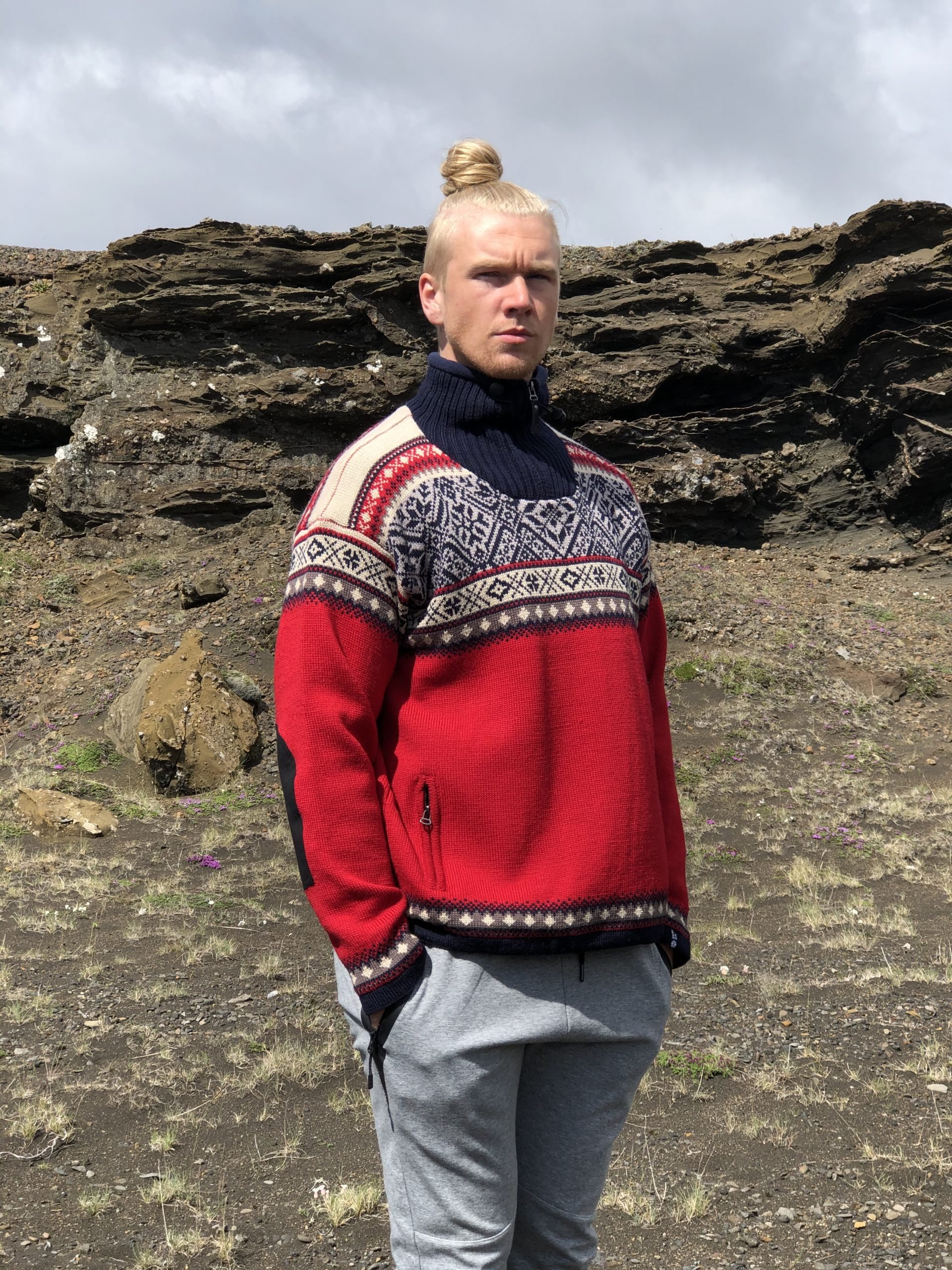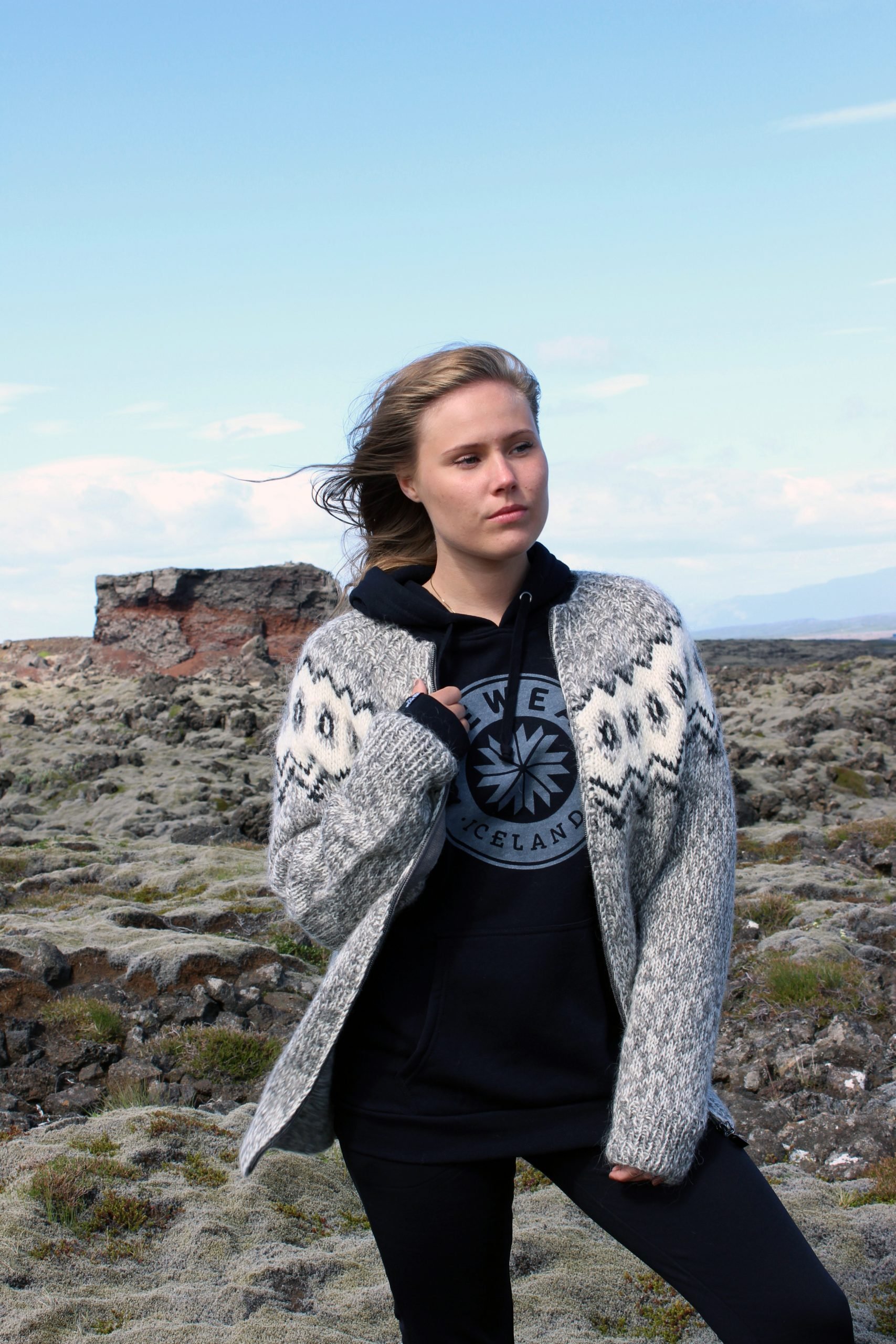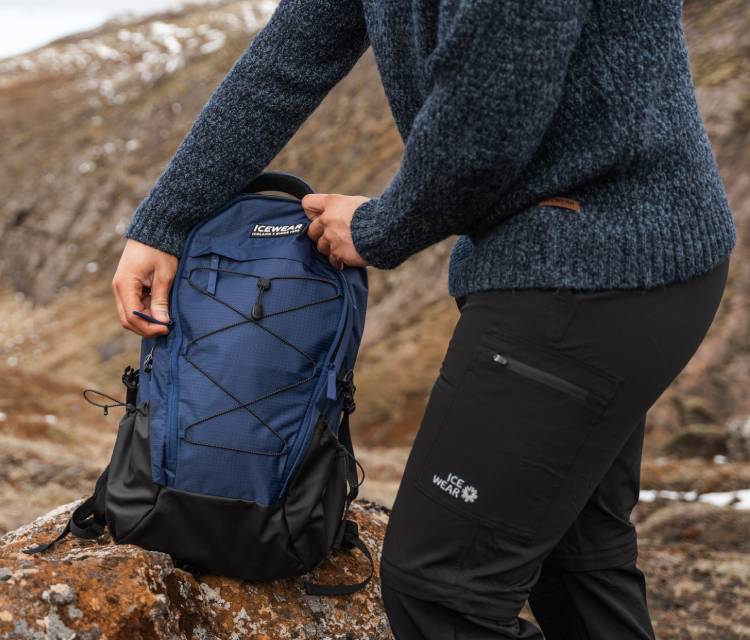Much of the extraordinary terrain in Iceland was formed by volcanic events, just as the very people of Iceland have been impacted by the land’s raw power. Of the 130 volcanoes on the island, one has garnered a lot of attention recently: Fagradalsfjall.
For 815 years, this mountain on the Reykjanes Peninsula laid quiet. Then, in the first week of March, 2021, Fagradalsfjall awoke. In just one week, there were more than 18,000 tremors. These are the volcanic eruptions that have occurred since:
- On March 19, 2021, a fissure vent appeared in Geldingadalir, just south of Fagradalsfjall Mountain. An effusive (or “fissure vent”) eruption followed, spewing lava at haphazard intervals until September 18, 2021.
- On August 3, 2022, a similar eruption began in nearby Meradalir Valley. The eruption continued with sporadic lava flows until August 21, 2022.
- On July 10, 2023, a third eruption started to the north of Fagradalsfjall near Litli-Hrútur, finally ending on August 5, 2023.
- On August 22, 2024, a fourth eruption started.
- Seismic experts say that the activity at Fagradalsfjall could continue this way for the next couple of decades.
Iceland Volcano Eruption Today: Latest Developments
Thursday, March 18, 2021
The last few days have been marked by many thousands tremors and earthquakes in Iceland, indicating a likely volcanic eruption near the international airport of Keflavík. The earthquakes have been felt in the capital Reykjavik and surrounding villages, causing several sleepless nights for the people in Grindavík village, which is closest to the area.
Saturday, March 20, 2021
On the evening of Friday March 19, 2021, lava started flowing from Fagradalsfjall into Geldingadalur Valley on the Reykjanes Peninsula.
Wednesday, August 3, 2022
On Wednesday 3 August 2022, another fissure opened in Meradalir Valley, next to last year’s eruption site.
Tuesday, July 11, 2023
A third eruption started on July 10, 2023, near Litli-Hrútur (also referred to as “Þráinsskjaldarhraun”), highlighting the ongoing volcanic activity in the region. The type of tremors and pulses detected were similar to what’s typically detected when magma moves a few kilometers below Earth’s surface. Icelandic authorities say it’s unlikely it will be a dramatic explosion. Instead, the eruption could be another effusive event where lava pours out of a crack in the earth’s surface. That likelihood, plus Litli Hrútur’s location over 30 kilometers south of Reykjavik, has kept most Icelanders feeling safe.

Iceland Volcano Map and Location: Fagradalsfjall
The recent years of volcanic activity centered around Fagradalsfjall, which sits on the Reykjanes Peninsula in southwest Iceland. This area is known for its dramatic landscapes shaped by volcanic forces.
Fagradalsfjall has become a greater focal point of geological study and tourist interest due to the eruptions. The name of the volcano actually means “small ram,” referring to a male sheep. This name holds special significance to Icelanders due to the country’s celebrated wool industry. With over 800,000 sheep roaming free across the island nation (250% the number of people who live there), it’s almost fitting that a “small sheep” could be the cause of eruptions with the power to change the landscape forever.
The landscape of the Litli-Hrútur area has been changed several times now. This is the nature of any volcanic region: lava alters the terrain by adding layers of new earth as the magma travels, cools and dries. This was last seen in Iceland after the Eyjafjallajökull eruption, which formed new hills and mountaintops all around the area.
A recent Icewear photoshoot took place on the Fagradalsfjall landscape, too, which is now undergoing continual changes.
Exploring Fagradalsfjall and Beyond
Iceland’s cultural history with volcanic activity is as old as Iceland, itself. Icelanders identify with their Viking roots, and the Viking ties to nature and animals that’s made Iceland what it is today. Part of that is a respect and understanding of the island’s volcanoes.
Iceland has 130 volcanoes with roughly 30 systems still active. “Still active,” however, refers mostly to volcanoes that have been quiet for decades, or even hundreds of years. Many of the country’s active systems are also subterranean.
The resilience of Icelandic communities and their deep-rooted connection to nature continue to define the country, reinforcing its nickname as the “land of fire and ice.” The ongoing eruptions at Fagradalsfjall serve as a reminder of Iceland's volatile beauty and the enduring spirit of its people amidst natural challenges.
Blue Lagoon Near the Eruption Site
Adjacent to the recent volcanic activity lies the Blue Lagoon, a renowned geothermal spa that remains open. Tourists visiting the Blue Lagoon can witness firsthand the juxtaposition of their own relaxation against the raw power of Iceland's volcanic terrain.
Would you like to hike the area? Scientists and residents around Fagradalsfjall (and beyond) have been watching the eruptions with awe and wonder. Between the active eruptions, tourism has maintained its regular pace, with each visitor getting an unforgettable view into an extraordinary environment.
If you want to visit the area, don’t forget your hiking gear. Icewear’s outdoor clothing and equipment is uniquely suited for the Icelandic terrain. Make sure to get the latest information from the Icelandic Civil Protection whether it´s safe to make the journey, weather conditions - as well as the volcanic activity - can change quickly.














